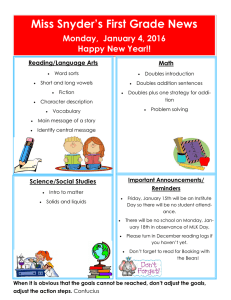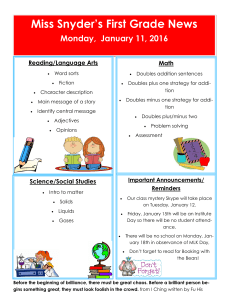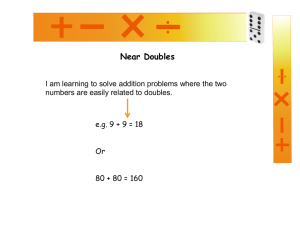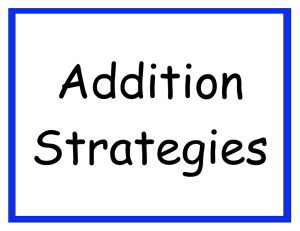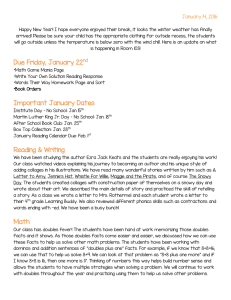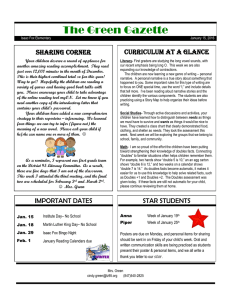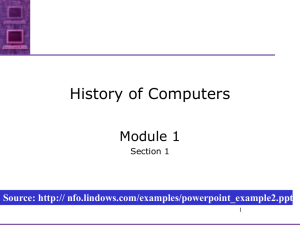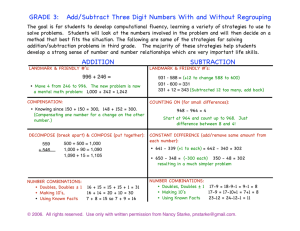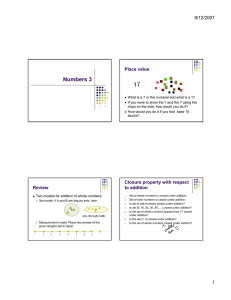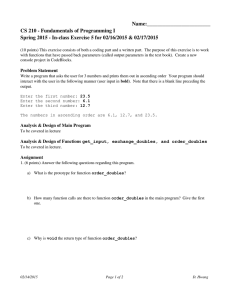Singapore Addition Strategies
advertisement
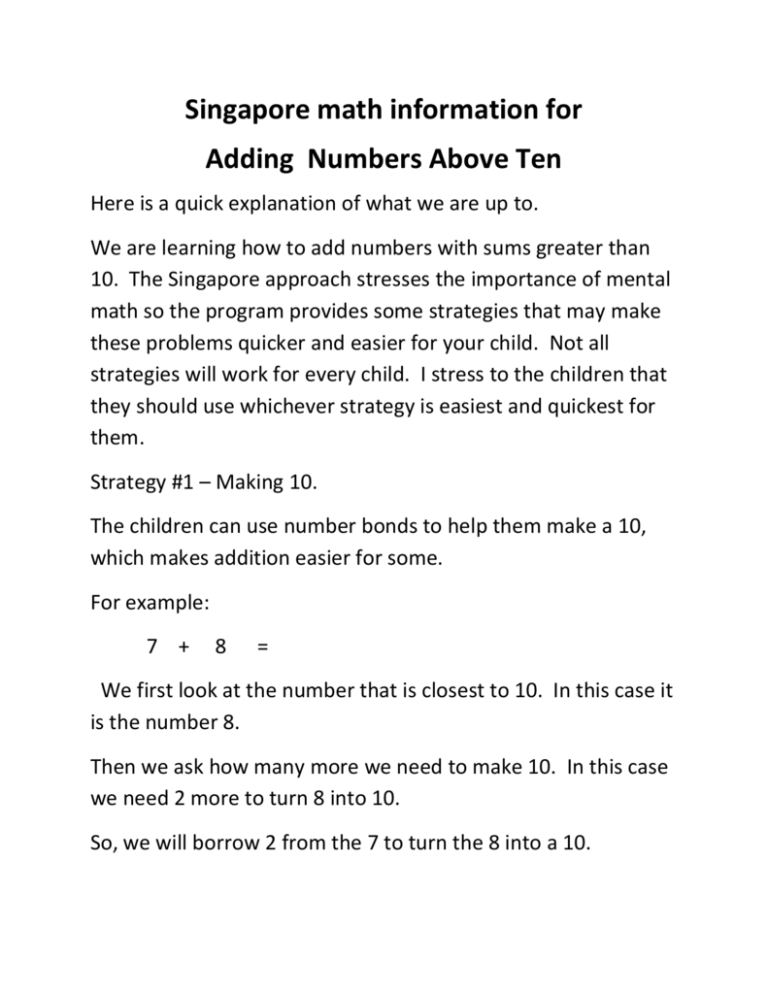
Singapore math information for Adding Numbers Above Ten Here is a quick explanation of what we are up to. We are learning how to add numbers with sums greater than 10. The Singapore approach stresses the importance of mental math so the program provides some strategies that may make these problems quicker and easier for your child. Not all strategies will work for every child. I stress to the children that they should use whichever strategy is easiest and quickest for them. Strategy #1 – Making 10. The children can use number bonds to help them make a 10, which makes addition easier for some. For example: 7 + 8 = We first look at the number that is closest to 10. In this case it is the number 8. Then we ask how many more we need to make 10. In this case we need 2 more to turn 8 into 10. So, we will borrow 2 from the 7 to turn the 8 into a 10. We need to split up the 7. We know that we want one of the parts to be 2 so that we can use it to make 10 so we will split the 7 as follows: 7 + ? 8 = 2 The part that is missing is 5 because 2 + 5 = 7 So, now we have 7 + 5 8 = 2 We have changed this problem from 7 + 8 into [5 + 2] + 8. Now we can make a 10. We know that 2 + 8 = 10. So 5 + 2 + 8 becomes 5 + 10. And 5 + 10 = 15. The children have all been memorizing how to make 10, as well as 10 + 1, 10 + 2, 10 + 3, etc. Although this strategy seems tedious and difficult, it will make mental math so much quicker and easier as the numbers get higher and higher. We will continue to practice it in class. Strategy # 2 – grouping into 10s and 1s. When adding two digit numbers, it may be easier for children to separate them into 10s and 1s. For example: 16 + 3 If we separate the 10s and 1s in 16 we get: 16 + 3 10 6 Which turns this problem into 10 + 6 + 3 Then children should then be able to add the 6 and the 3 and get 9. After that 10 + 9 is very easy for them. Strategy # 3 - Using doubles and doubles +1 facts. Doubles facts are: 1 + 1 2 + 2 3 + 3, etc. When they encounter a problem that is close to a doubles fact, they can use doubles facts to help them. For example: 6 + 7 = They can turn the 7 into a 6 and a 1: 6 + 7 6 1 Which turns the problem into 6 + 6 + 1. If they have memorized their doubles facts, they will know that 6 + 6 = 12. Then they have turned the problem into 12 + 1, which equals 13. Each of these strategies is explored so that children can develop the ability to do these problems without number lines, counting on their fingers, or using blocks. I will continue to work on each of these in class. The children should be trying to use them at home. Again, these will become easier the more we do it. As the program continues through the grades, these strategies will be used in many different ways. If you still have questions, please let me know! Thanks so much! Sincerely, Patti Alexander
